This article explores the complex world of making generic drugs, cheaper versions of brand-name medicines. Creating these generics comes with many challenges. It starts with not having all the information about the original drug you’re trying to copy. You need to do a lot of work to fill in the missing details, like how to make the drug and prove it works the same way. This work costs time and money, and you have to compete with others doing the same thing. Plus, you need to determine if your generic drug has a big enough market. To tackle these challenges, you must thoroughly research the original medicine, use data to understand the market, get help from experts, and keep adjusting your plan as you go. This article aims to give you a clear picture of the ins and outs of generic drug development, whether you’re interested in starting a generic drug company or want to understand how these more affordable medicines are made.
Making a generic drug seems easy, but it’s not. The process follows many steps to develop a new medicine, except for finding and proving the drug works in the target condition. While they skip the most significant hurdles, many of the same problems innovators face exist for generic developers. This article will examine the process of making a generic drug, including its challenges and solutions.

What Are the Problems Associated with Making a Generic Drug?
Your generic drug must [1]:
- “Contain the same active ingredients as the innovator drug (inactive ingredients may vary),
- Be identical in strength, dose form, and route of administration,
- Have the same use indications,
- Be bioequivalent [see below],
- Meet the same batch requirements for identity, strength, purity, and quality, [and]
- Be manufactured under the same strict standards of FDA’s good manufacturing practice regulations required for innovator products.”
Sounds simple. But this is where the problems start.
First, you know relatively little about the innovator’s drug. We’ll refer to it as the Reference Listed Drug (RLD) because that’s what the FDA calls it. You can find its trade name (the one in all the advertisements), its nonproprietary name (the name of the active ingredient), and how it is supplied (dose form and strength). You won’t know what inactive ingredients are.You could analyze a sample, but that won’t tell you much other than elemental composition unless you make some lucky guesses about what to look for. You’ll have some clues on making the substance from the patent and clinical data from the product label. Compare this to what you’ll need to prove for FDA approval, and the list of what’s missing is long.

Next, you need to do lots of development work to fill in those blanks, starting with creating and validating processes for making the drug substance and product. Along with these, you need validated analytical methods for testing batches once made and over time to monitor stability, validated methods for shipping and storage, and a supply chain for all the materials needed to produce, package, and deliver the product to the end user. You won’t need complete clinical trials, but you must prove your generic is bioequivalent or the same as the RLD when given to a person [2]. Development work adds to production costs, which eat into the slim margins for generics. It takes time, people, and expertise while your competitors work on their version of the same RLD.
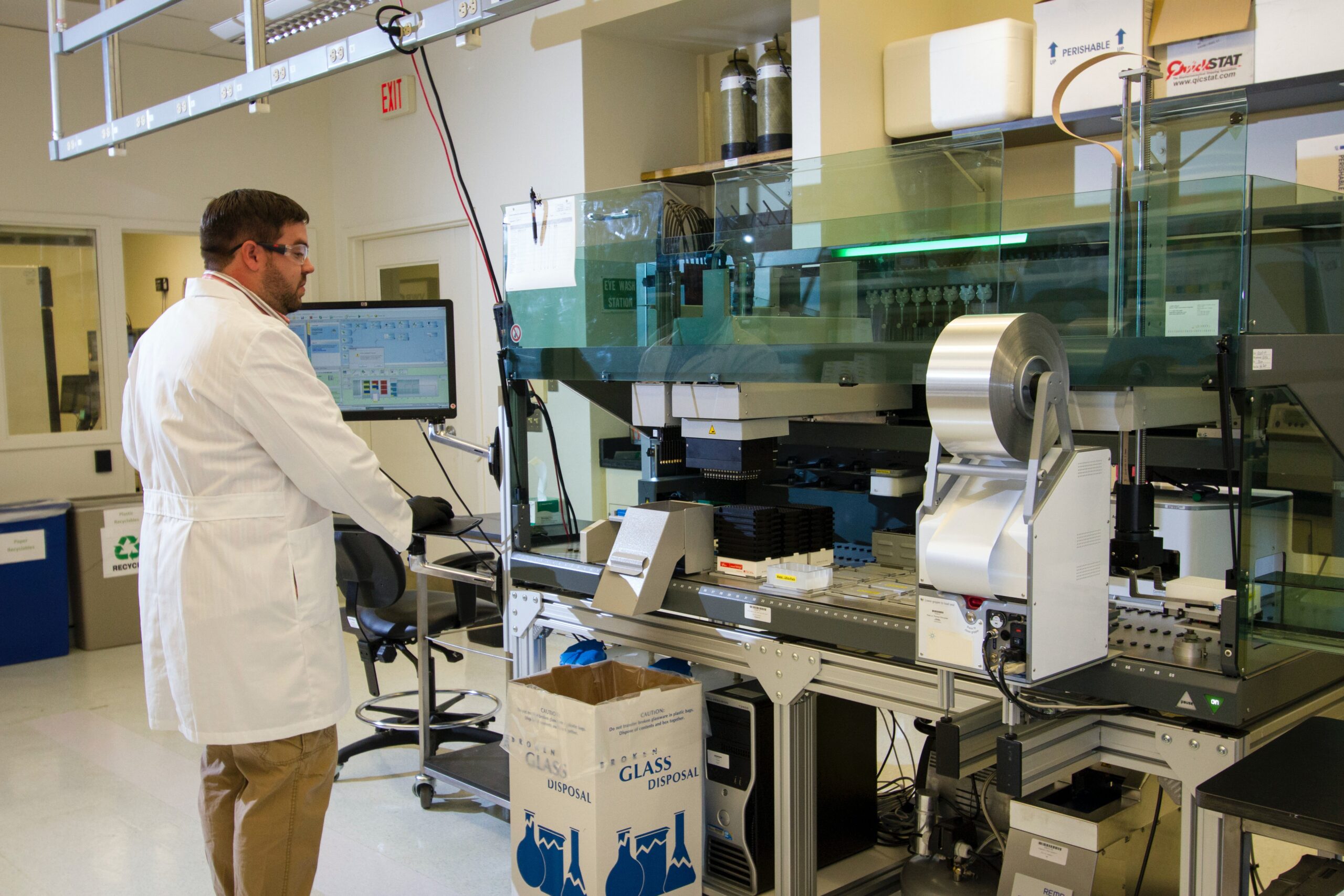
Lastly, you must answer every entrepreneur’s question: “Is there a large enough market for the generic that I can profit after expenses?” Related questions include, “What data do I need for my submission?” and “Who might be my competitors?” Customer and competitive discovery is integral to generic development decisions, as it is for new business propositions in any industry. I see this as a recursive process, where you regularly challenge the decision to proceed as you gather information in discovery and while developing your product.

Are you running away screaming yet? No? Good, let’s look at how people solve these problems.
How Do We Solve These Problems?
As noted above, the solution is an iterative process. You’ll revisit these steps more than once, and you must plan on routine milestone reviews. I’ll illustrate each step with information on a popular RLD, sildenafil citrate, more popularly known as ViagraÒ.
- Collect everything you can find on the RLD. Look for patent(s) [3], drug product insert(s), and information from FDA websites like the National Drug Code Directory,
Product-Specific Guidances for Generic Drug Development, or the Orange Book. Reference sources such as the Physician’s Desk Reference and USP-NF will contain helpful information and may be available at your local university library. Using our target RLD, I found this information in an hour:
- Patents – I found the utility patent and two compositions of matter patents (one and two), which describe the patented processes for preparing the active ingredient sildenafil. (Geeky fact: the utility patent cites George Milne, head of research at Pfizer Groton, and Michael Wyllie, director of biology at Pfizer Sandwich, as the inventors. This syllogism is likely because the primary indication of sildenafil was first identified as a side effect in clinical trials rather than as the target of a planned discovery project.

- Drug Approval Package – found on Drugs@FDA using the application number (NDA) 020895.
- Product insert – also found on Drugs@FDA. The label history for a product on this resource is also valuable, as is the therapeutic equivalents list (which shows your competitors).
- Product-Specific Guidances – there are two, one for oral suspension and one for oral tablet. I found the recommended bioequivalence studies here and learned that sildenafil has an active metabolite.
- Orange Book – there are 85 entries for sildenafil. The Orange Book identifies which are approved for use as RLDs and Reference Standards (RS) in bioequivalence studies.
- USP and USP-NF – USP sells reference standards for the active and its primary metabolite. We also see published monographs for drug substance, suspension, and tablet products. These monographs will show the required analytical procedures for batch release. If your RLD has them, obtaining copies is worth the price.
- PDR Reference for Viagra – gives the prescribing information available to physicians and pharmacists. That information is also available on the product insert.
You’ve made a good start if you find all these for your generic.
- Answer the market question with data. Search through publicly available resources such as the Drug Pricing reports from the Federal Office of the Assistant Secretary for Planning and Evaluation [4]. Parexel published a statistical sourcebook in which the top 2 therapy classes for drug spending in 2017 were inflammatory conditions and diabetes. The other Therapy Classes category includes our generic target indications [5]. The Tufts Center for the Study of Drug Development reports on many industry aspects [6]. Statista and IQVIA have valuable resources available through paywalls. Do an online search and take the results to your local public or university library to see if they can help you with free or reduced-price access. Regular readers know I’m a fan of libraries, and a business librarian can be invaluable in your search. Use the data to project the unit price per dose and purchase rates. These will affect both what you can spend and how you plan for production.
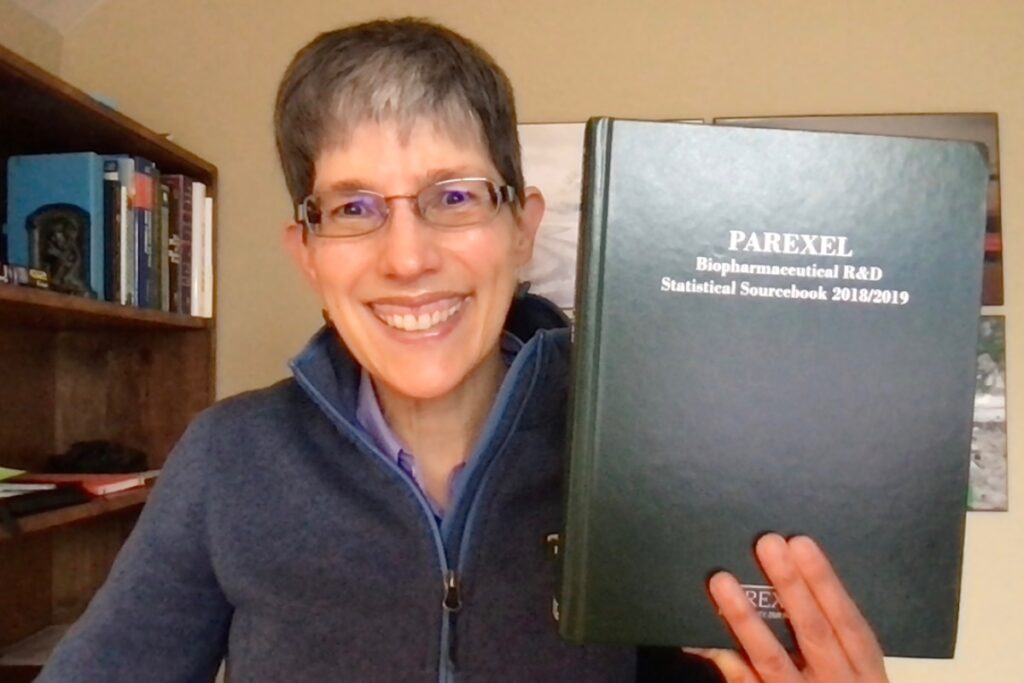
- Find expertise in the marketplace. First, find an experienced project manager who understands your drug substance and product category. The best ones are rare, so I recommend you make a long-term arrangement with them when discovered. Review your information and the ANDA Forms and Submission Requirements with them to develop a project plan and timeline. Use the project plan to establish RFIs and get bids from potential contract service partners, evaluating each based on their response quality, timing, and interactions. You’ll be working with them for a while, often years, so it pays to set up an evaluation rubric, be ruthless in your assessments, and develop a healthy relationship with the winners. (I know this is easy to say but hard to achieve – that’s why my business helps people with their big ideas).
- Keep refining your model and revisiting the plan as you go. Start the development plan if your technical, market, and development information looks good. Schedule periodic business reviews to keep teams aligned on contributions to the submission file and measure progress against the plan. Refresh and re-evaluate the market data with your current cost projections. Keep an eye on the competition, too. One go-to-market approach could be buying out a competitor who is further along in development yet has cashflow issues.
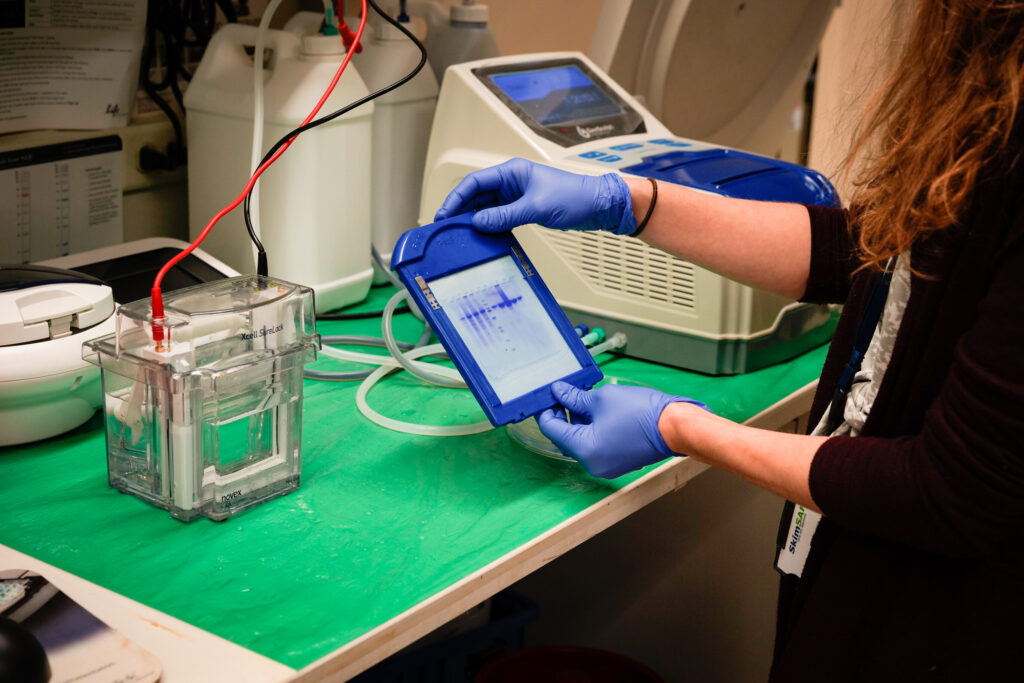
Conclusion
This article reviewed the challenges inherent in making a generic version of a drug and a process that addresses each one. Whether you plan to launch a generics company or have generic prescriptions, you now understand what goes into making lower-priced equivalent medicines.
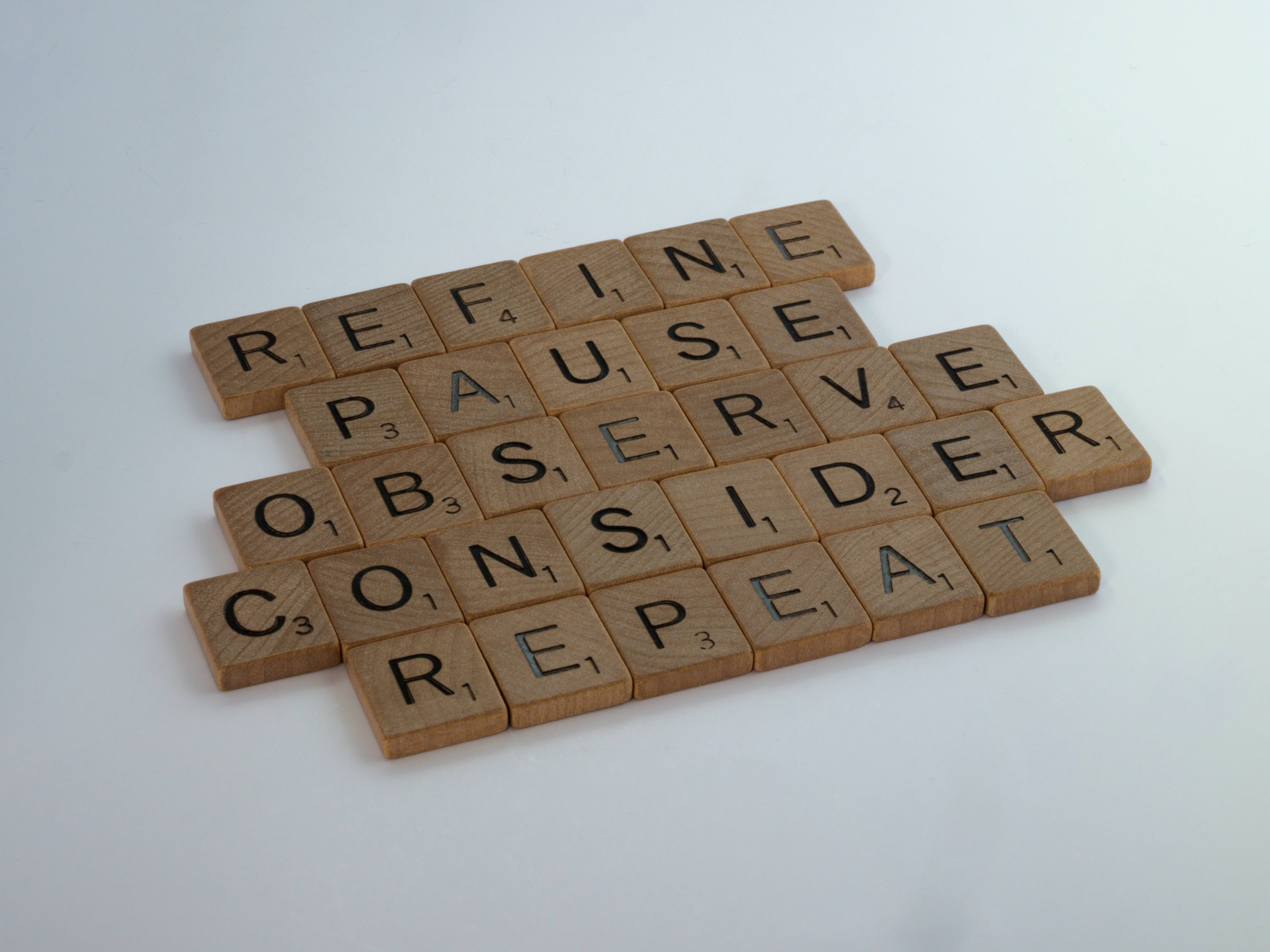
Do you want to read more articles by Katrina? Subscribe to her Newsletter, “Thinking Kat“.
References
[1] USFDA. What Are Generic Drugs? https://www.fda.gov/drugs/generic-drugs/what-are-generic-drugs. Accessed September 22, 2023.
[2] Wikipedia. Bioequivalence. https://en.wikipedia.org/wiki/Bioequivalence. Accessed September 22, 2023.
[3] USPTO. Patent Public Search Basic (PPUBS Basic). https://ppubs.uspto.gov/pubwebapp/static/pages/ppubsbasic.html#. Accessed September 22, 2023.
[4] US Department of Health and Human Services (HHS), Office of the Assistant Secretary for Planning and Evaluation (ASPE). Drug Pricing Reports. https://aspe.hhs.gov/topics/prescription-drugs-other-medical-products/drug-pricing. Accessed September 22, 2023.
[5] Express Scripts. US Drug Spending Growth Slows Further in 2017. In Mathieu, M.P., Ed. Biopharmaceutical R&D Statistical Sourcebook 2018/2019. Parexel, Waltham, MA: Parexel; 2018. pp. 43-44.
[6] Tufts Center for the Study of Drug Development. https://csdd.tufts.edu. Accessed September 22, 2023.
